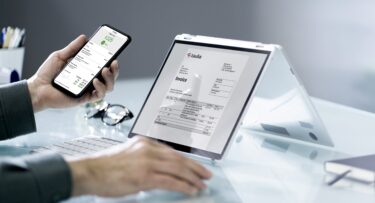Invoice automation, delivered
Receive electronic invoices quickly and efficiently from suppliers of any size.

Receive electronic invoices quickly and efficiently from suppliers of any size.

Creating process change can be tough when you have thousands of low invoice volume suppliers. With Taulia, suppliers can quickly and easily submit invoices by flipping purchase orders, completing a simple online form, or uploading a batch of invoices in CSV, PDF, or TIFF formats.

Automating invoice data capture means you’ll be able to accelerate invoice approval times. With faster approval, you can capture lost early payment discount opportunities. For many Taulia customers, these savings allow them to more than cover their invoice automation costs, turning accounts payable into a profit center.

With high-volume suppliers, processing thousands of invoices per year is an onerous task. Taulia supports numerous system-to-system communication formats that completely remove human involvement in the process, leading to fewer errors and more transparent supplier relationships.


Eliminate paper and receive electronic invoices from suppliers of any size. Our automated invoicing options are designed to suit every type of supplier.

Streamline invoice data capture, automate your accounts payable process, and dramatically reduce processing costs and errors.

Meet unique invoicing requirements in countries across the globe. We provide compliance services in partnership with PWC, EY, and Sovos.

Accelerate your cash flow today.
